
«Det finns ingen enskild ordningsföljd eller logik i mitt arbete», säger Paulo Bruscky i ett samtal med Jonas (J) Magnusson i OEI # 60–61/2013: «Mitt huvud är som en lagerlokal där allting har sitt eget fack. Men jag uppehåller mig inte vid endast ett arbete eller en artist’s book. Jag arbetar i flera register, med ett flertal saker på samma gång». Uttalandet sammanfattar den rastlösa energi och de variabla uttrycksformer som emanerar från Paulo Bruscky, född 1949, som imorgon kväll framträder på Andquestionmark, Stefanie Hesslers och Carsten Höllers utställningsplats i Stockholm.
Bruscky är verksam i Recife i nordöstra Brasilien, men har sedan 60-talet haft hela världen som spelplan för sina konstnärliga aktioner, bland annat genom att upprätta förbindelser inom den internationella Mail Art-rörelsen, i Brasilien känd som «arte correio». Mail Art blev – och är fortfarande enligt Brusky – det enda «okontrollerbara mediet», en «rörelse utan författare». Detta kan ställas i relation till exempelvis Noigandres – den konkreta poesins falang i Brasilien – där bröderna de Campos och Décio Pignatari, enligt Bruscky, fungerade som självutnämnda ägare av denna rörelse.

Likt många i den post-konkreta generationen var Brusckys arbete till stor del ett försök att finna vägar ut ur den politiska turbulens som rådde efter den brasilianska statskuppen 1964. Ofta var humorn en strategi för att som konstnär överleva i en situation av politiskt förtryck. Bruscky har genom åren arbetat med allt från artist’s books, performance, ljudpoesi, konceptuellt skrivande, Xerox-grafik och Super-8 film. Centralt har varit att arbeta med nya format och strategier för distribution och cirkulation, detta också för att undkomma övervakning, kontroll och censur.
Kunstkritikk kontaktade Paulo Bruscky för att ställa några frågor inför hans Stockholmsbesök. Intervjun genomfördes på engelska och portugisiska, och publiceras här på engelska.
*
Paulo, you have on many occasions emphasized the fundamental importance of the word in your practice, and the fact that you often start with a word. This led you to concrete poetry, and to a body of work that Antonio Sergio Bessa talks about in terms of “dissemination of messages” (postcards, newspaper ads, billboards). Could you say something about these activities and how they related to the political situation in Brazil at the time?
The palavra [Portuguese for “word”], or rather the PaLarva – which is the embryo and more than words – is very important in my work, from the title of the work to the work itself: LÓGICACASO [word play: could mean case logic or perhaps logic].
I have always worked with diverse media as part of the International Mail Art Movement, which allowed me to use different media simultaneously. Artists from around the world came together. It is the first movement without nationality, since it already worked in networks, with cons/ciência da rede [word play that can refer to network science or network consciousness], anticipating the internet: InFormação Global [global information or the global in formation].
Since the mid-1960s, I have been working with poem/process and visual/sound poetry. In the 1970s, I initiated contact with members of Fluxus and Gutai, like Ken Friedman, Dick Higgins, Felipe Ehrenberg, Robin Crozier, Saburo Murakami and Shozo Shimamoto.
Paulo Bruscky, Xeroperformance, 1980.
You’ve also always stressed the importance of audience participation in your interventions. Could you expand a bit on how you see the role of the audience in your work?
I have always considered the participation of the public key in several of my actions: PúblicObrArtista [word play merging the terms public, work and artist]. During the period of the military dictatorship in Brazil, I was very much persecuted and imprisoned for three times as a result of my artistic practice. The artist has to be contemporary with his or her own time, oppose censorship, and not self-censor. I de-educated myself very early in relation to aesthetics and the utilitarian function of the idea: I see what others do not see.
As an outgrowth from your interests in transmission, you’ve also experimented with x-rays, radiographs, electroencephalograms and fax art, among many other formal and conceptual means. Would you say that there is a common agenda operating within all these variable forms of expressions and devices?

I work with Art in Transit in every sense. Among the various media that I use, I quote telexart (1973) and faxart (my initial transmission between Recife and São Paulo,in 1980, together with artist Roberto Sandoval, was the first in Brazil ). In these media, the work already then dematerialized and rematerialized in any part of the world, and in some of my proposals, the route itself was the work. Yet in the pesquisAções [“pesquisa” means research and “ações” actions] that I perform with an electroencephalogram since the 1970s, my thoughts are the work (telearte). They are printed tracings and brain sections: a record of the action, made by the machine. The artist must dissect the machine, as a medical student dissects a cadaver.
Working with Xeroxart or, as it variously has been labeled, copy art, electrostatic art, or xerography goes back to the 1960s. What attracted you to work with this in the first place?
In electrophotography (heliography, xerography and faxart), art is the copy and the copy con/forms the original. Among contemporary media, the one that best realizes Walter Benjamin’s 1936 text “The Work of Art in the Age of Mechanical Reproduction” is the artistic xero/grafia [can mean “xerox copies” or “xerox spelling”]. The reasons for this range from the immediate multiplication of works, mostly without template, to the small costs of production and dissemination, especially via the circuit of Mail Art.
Could you say something more about what you intend to do Friday night at Andquestionmark, with your Xerox performance? What can we as participating audience expect from your intervention, with this “co-authorship with machines”?
As for the two xeroperformances that will take place at Andquestionmark, there will be, as always, the participation of the machine. Once I know my co-author, I combine with it, and make some de/constructions.

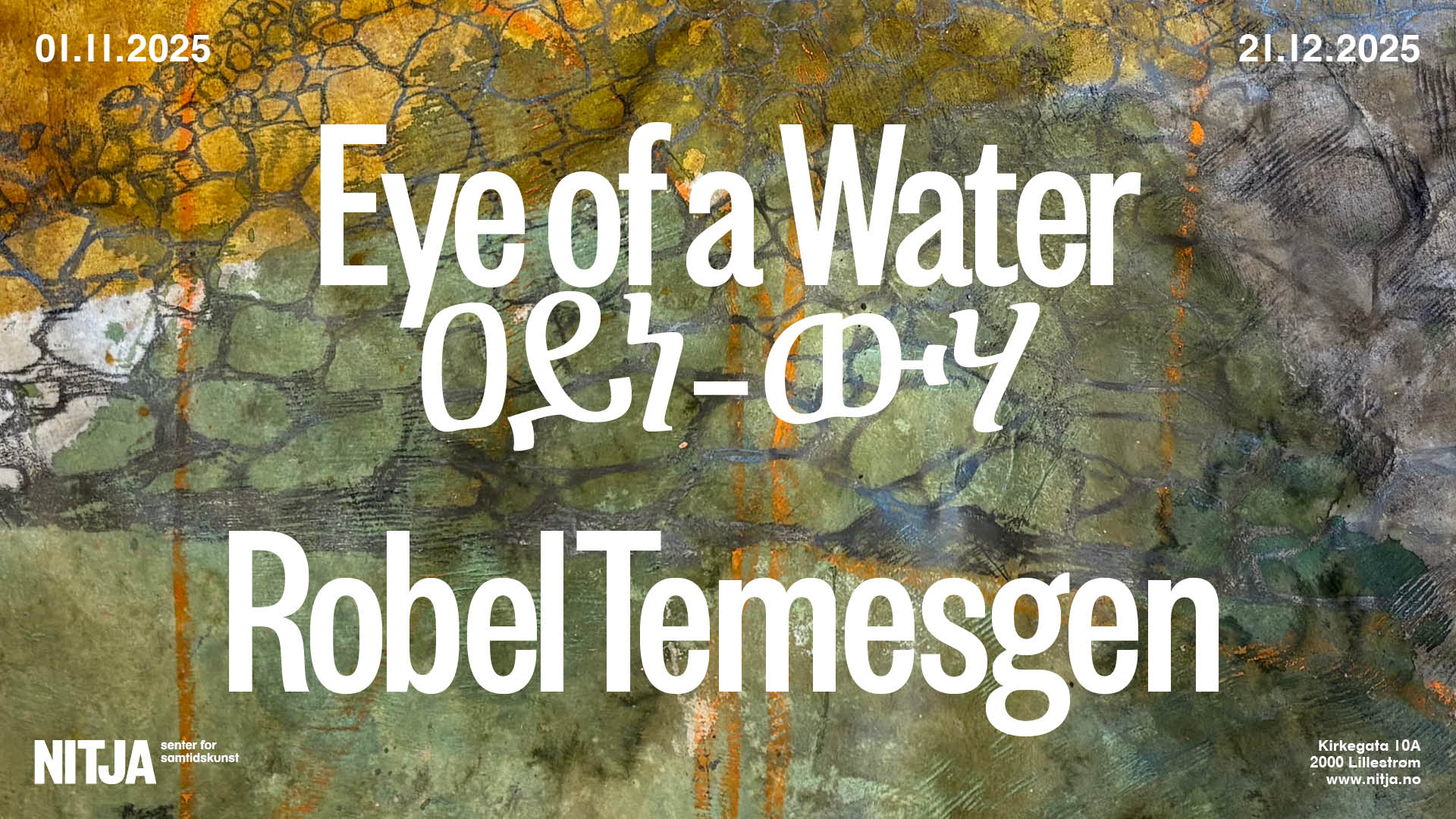


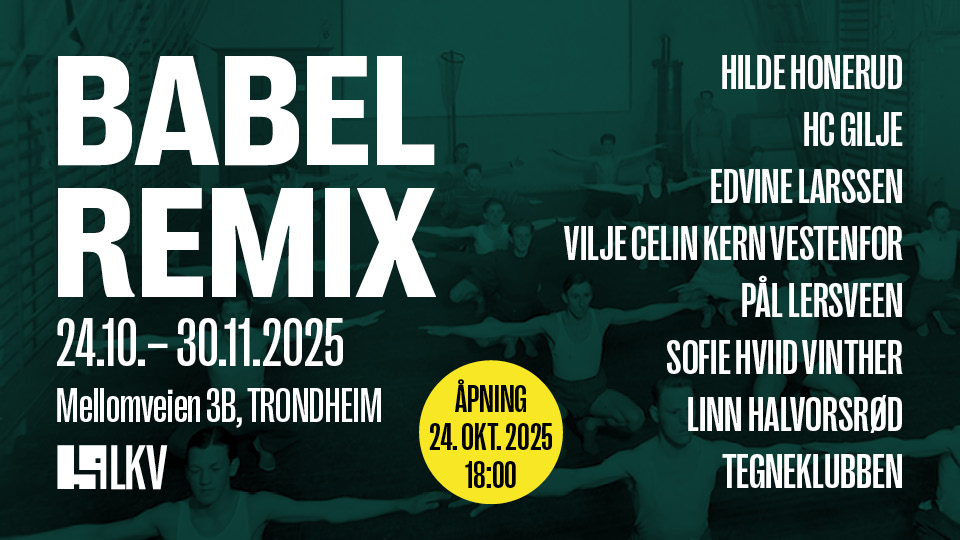
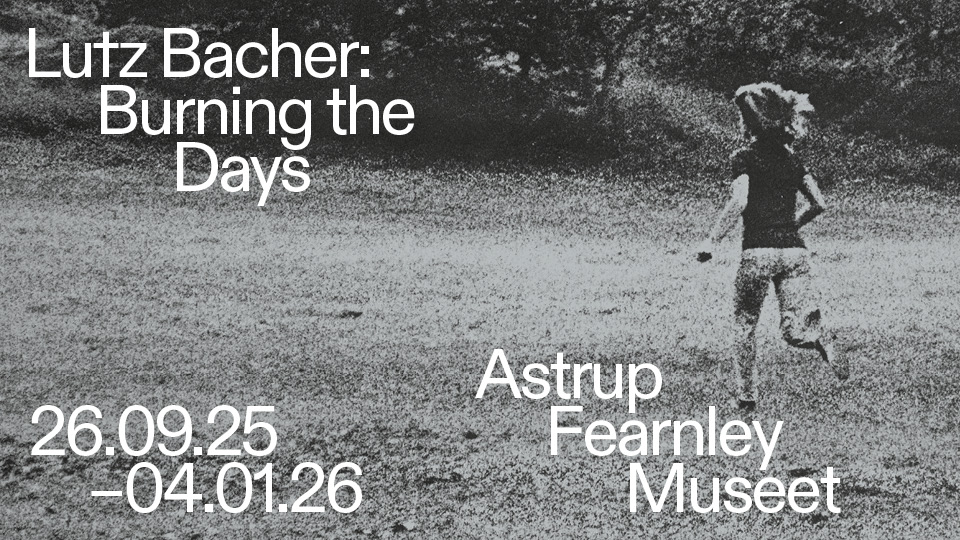
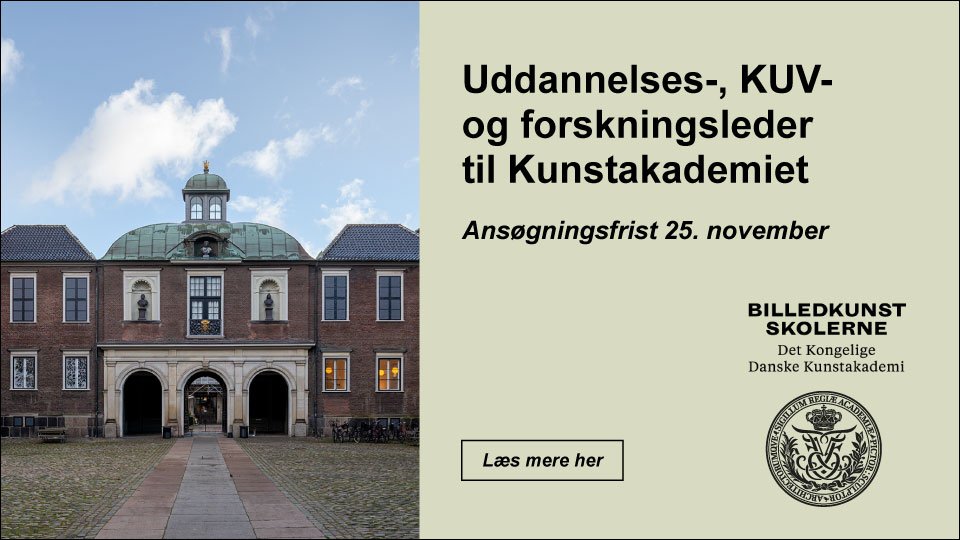
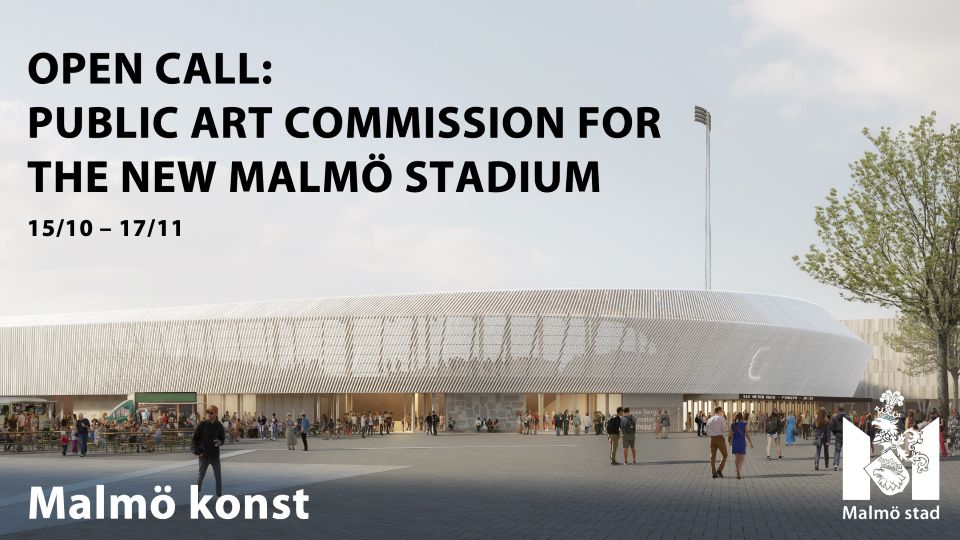
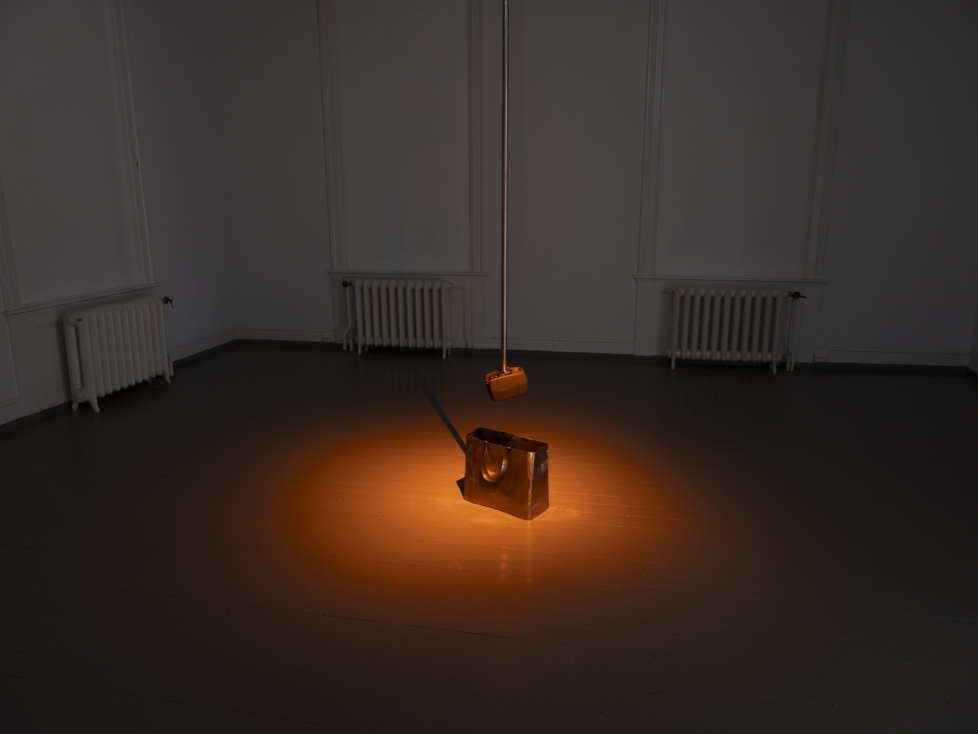
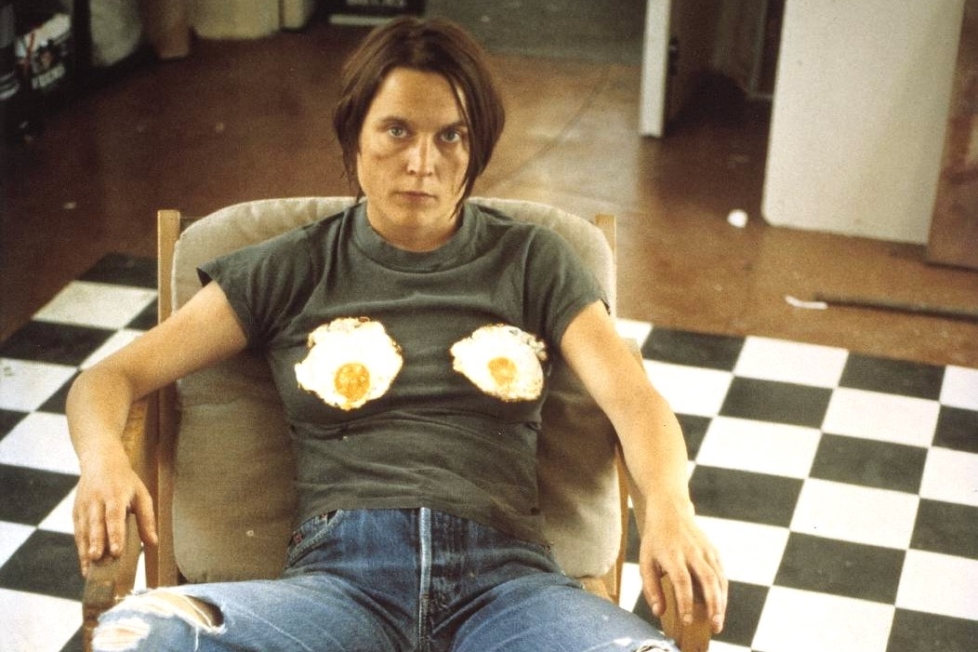

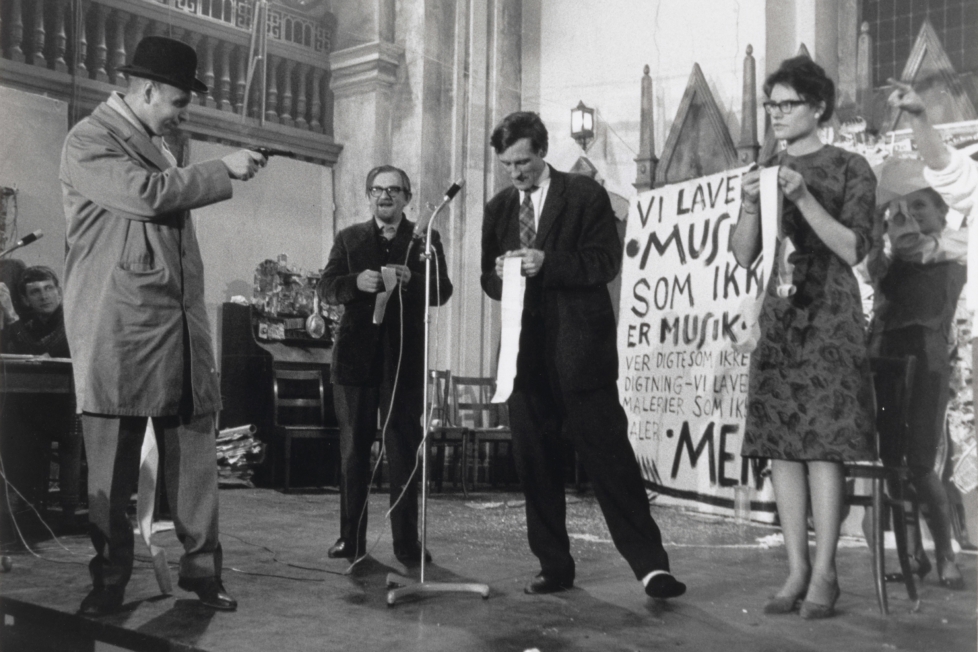
Diskussion